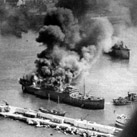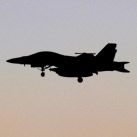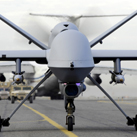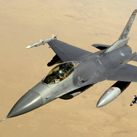75 Years Later, Are Lessons From the Bari Incident Still Relevant?
While planning and executing kinetic operations, it is essential to look at various facets of force application including the possibilities of accidents or surprise attacks by the adversary.
- Kishore Kumar Khera |
- November 08, 2018 |











